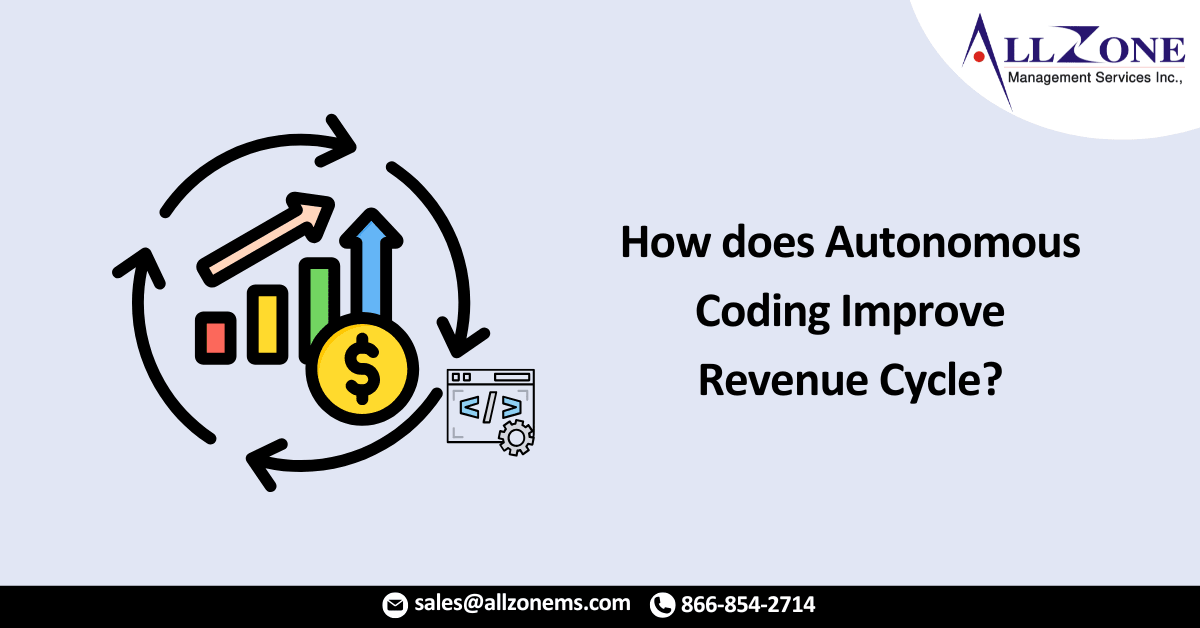A survey revealed that healthcare organizations anticipate that autonomous coding will accelerate the revenue cycle process and enhance coding accuracy.
Although autonomous coding has the potential to streamline revenue cycle processes and alleviate administrative burdens, a majority of healthcare finance leaders surveyed either lack familiarity with it or harbor reservations about fully trusting this automated tool.
A survey conducted by Revenue cycle management company in collaboration with the Healthcare Financial Management Association (HFMA) involved over 450 healthcare finance professionals, seeking to gauge their understanding and anticipated outcomes related to autonomous coding.
Only 47.9 percent of healthcare organizations reported familiarity with automated claims coding, and among them, 18.6 percent had limited knowledge of its specifics. A majority of respondents, 52 percent, were unaware of autonomous coding altogether.
The coding process stands out as the most labor-intensive component of revenue cycle management. Given the current staffing shortages experienced by finance leaders in their revenue departments, the shift towards automation in this area is a predictable response.
Approximately 60 percent of healthcare organizations have either already implemented autonomous coding or have it in their plans. Among those planning to integrate this technology, half aim to do so within the next six to twelve months, as indicated by the survey.
When asked about their level of trust in autonomous coding, regardless of whether they currently utilize it or not, 26.7 percent expressed uncertainty. Three percent indicated a complete lack of trust in autonomous coding, and 8 percent believed it to be frequently unreliable.
Conversely, 46 percent of respondents had confidence in the effectiveness of autonomous coding, considering it to be generally reliable, while 16 percent placed full trust in it.
The press release emphasized that closing this trust gap is crucial for fostering the adoption of autonomous coding and ultimately advancing the efficiency of billing and reimbursement processes.
Autonomous coding holds the potential to enhance the medical billing and coding process by eliminating the risk of errors introduced by humans, which can result in backlogs, delays, and claims inaccuracies. Additionally, this AI-powered tool can identify charts that require human review, thereby augmenting overall accuracy levels.
Healthcare organizations hold specific expectations for autonomous coding. For instance, 66 percent of respondents anticipate accelerated revenue cycle processes, 63 percent foresee heightened coding accuracy, and 59 percent expect reduced human intervention.
Finance leaders also anticipate that autonomous coding will optimize coding for optimal reimbursement (48 percent), bolster patient satisfaction (23 percent), and enhance patient care (22 percent).
While autonomous coding offers significant benefits for healthcare organizations, its adoption presents challenges. A prior Revenue cycle management company survey mentioned in the press release identified budgetary constraints, prior investments in computer-assisted coding, and the belief that coders handle tasks beyond coding as key barriers to adoption.

